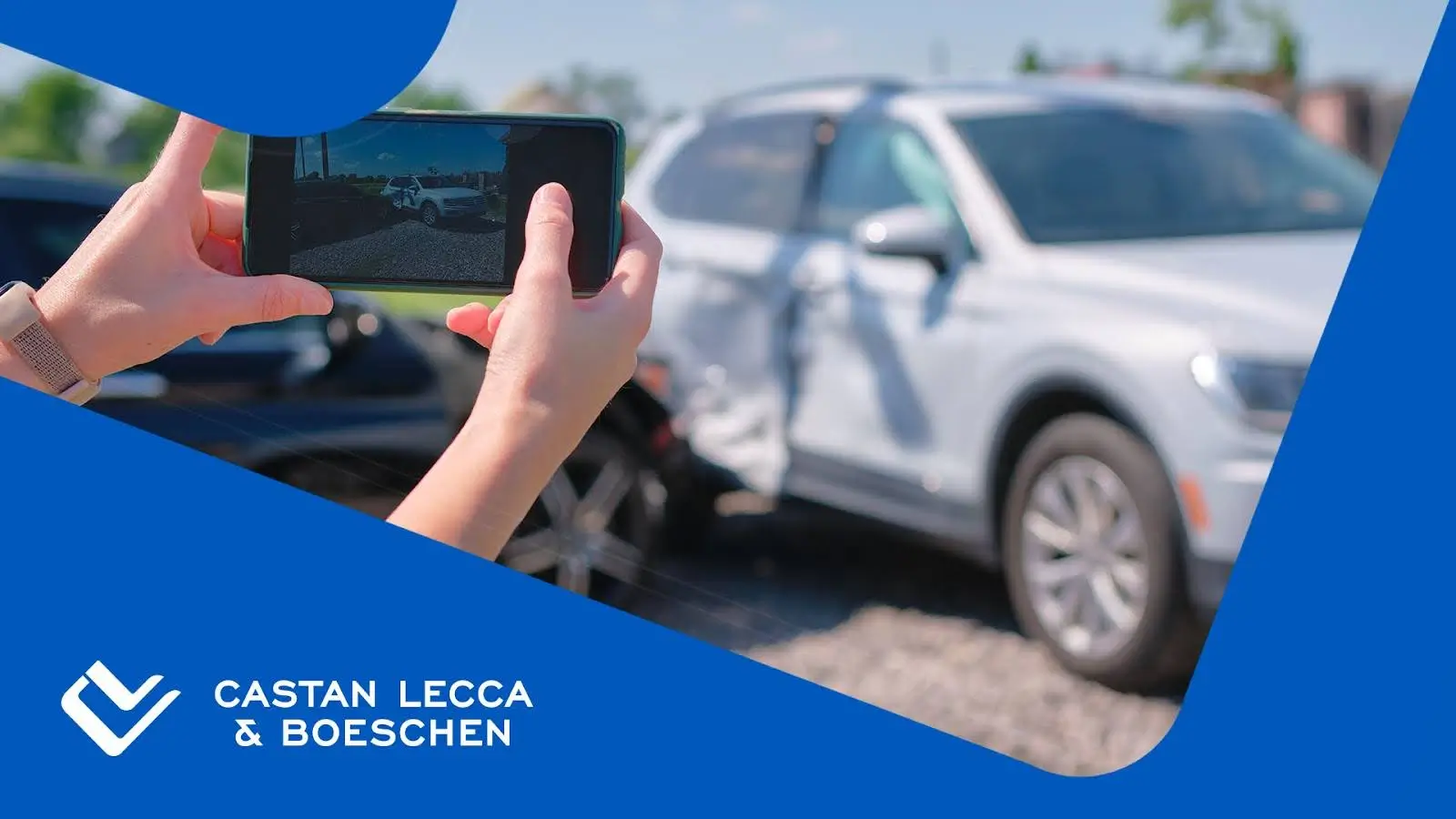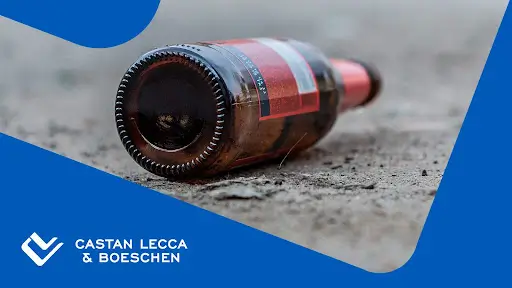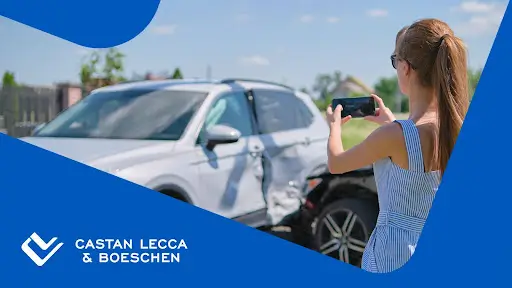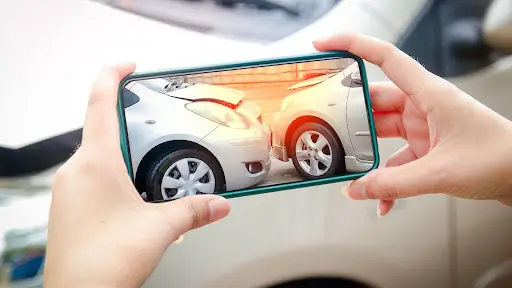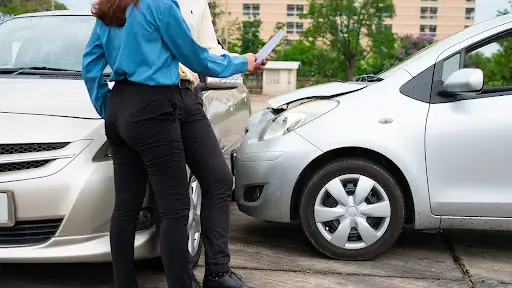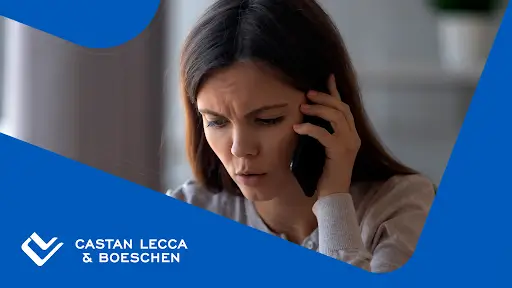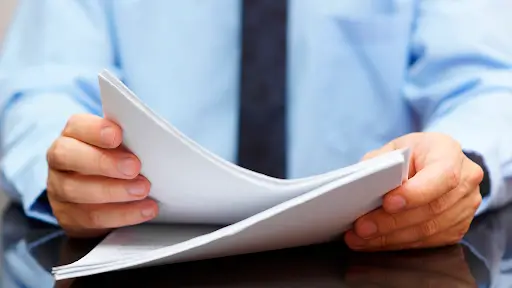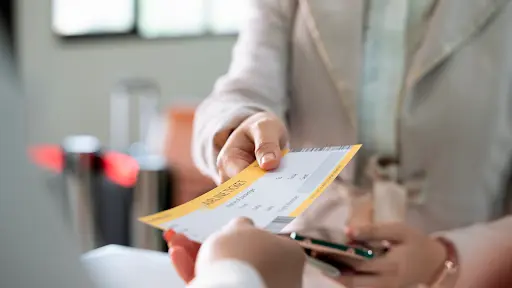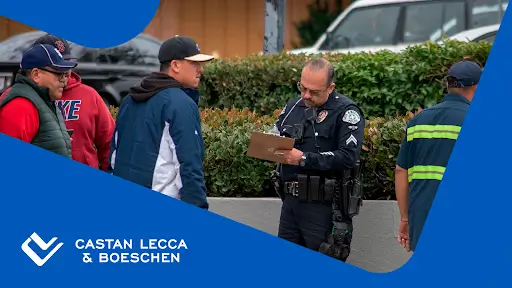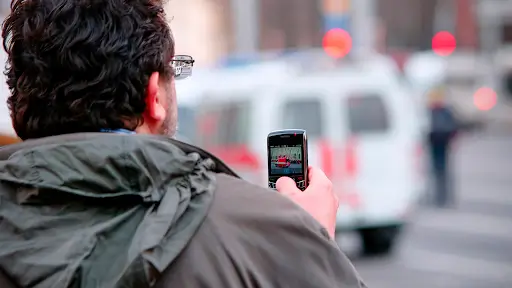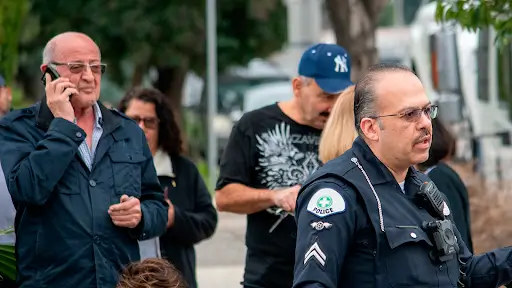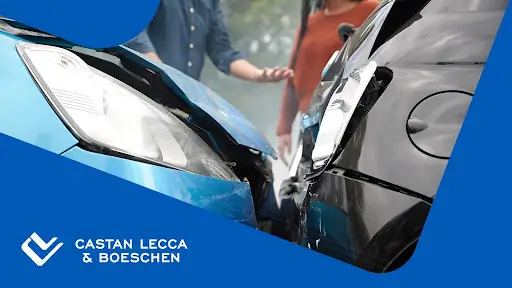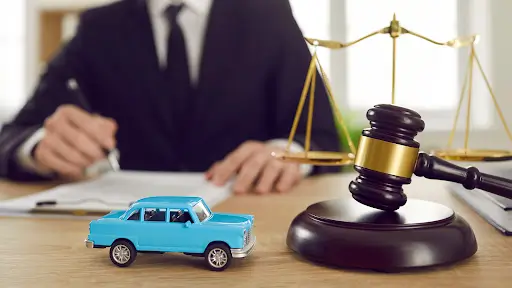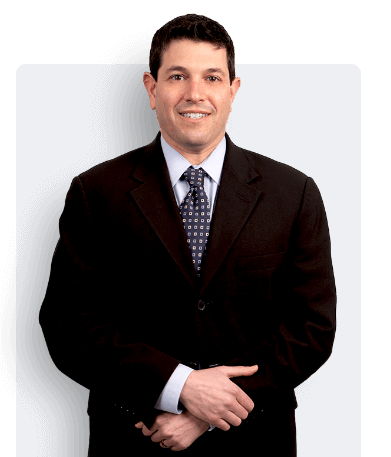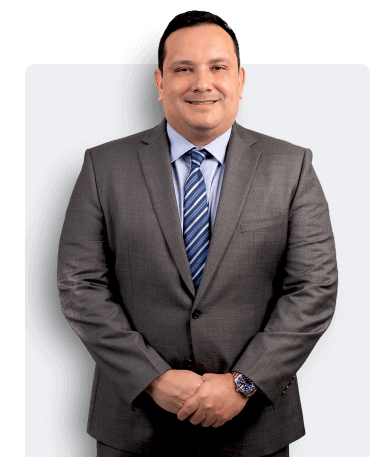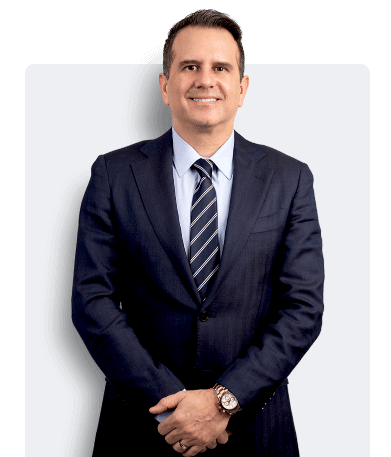Posting on Social Media After a Traffic Accident: How Does it Affect Your Case?
Posting on Social Media After a Traffic Accident: How Does it Affect Your Case?
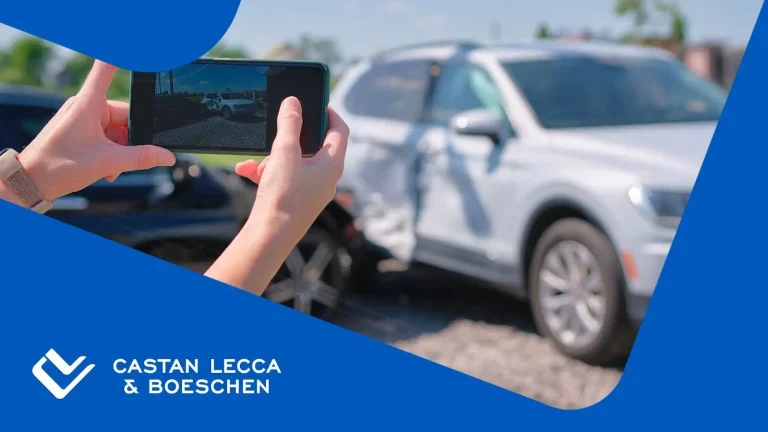
In the digital age, the instinctive reaction after suffering a traffic accident can lead to sharing the experience on social media. However, from a legal perspective, it is crucial to consider how these actions may influence a traffic accident case. For this reason, our law firm, Castan, Lecca & Boeschen, wants to present you with detailed information on this topic. Keep reading to find out all the details!
Georgia has seen a concerning increase in traffic fatalities in recent years, with a 20% increase in fatalities from 2019 to 2022, according to the Georgia Governor’s Office of Highway Safety and TRIP, a national transportation research group (GGOHS) (TRIP). These figures highlight the seriousness of traffic accidents, the importance of driving properly, and the legal repercussions.
As the frequency of traffic accidents has increased in recent years, the impact of social media in legal cases also increased.
Posting on social media after a traffic accident can have a significant impact on the development of a legal case. What is shared on platforms such as Facebook, Twitter, or Instagram can be used by insurance companies and opposing lawyers as evidence.
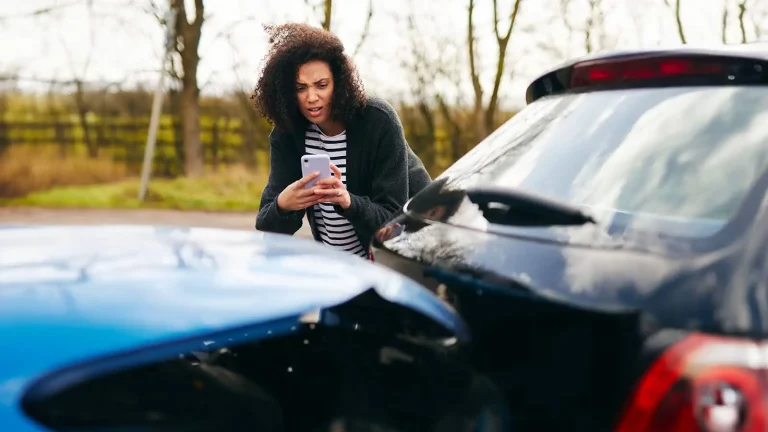
For example, a seemingly innocent photo or comment about your activities after the accident may be interpreted as evidence that your injuries are not as serious as you have claimed, making it difficult to prove your injuries in the case.
Before making any posts related to your accident, consider the following lawyers’ advice:
- Think before you post: Consider how your post could be interpreted out of context.
- Privacy: Set your social media accounts to private mode to limit who can see your posts.
- Contact Our Law Firm: Talk to an attorney before sharing any details about your accident or injuries on social media.
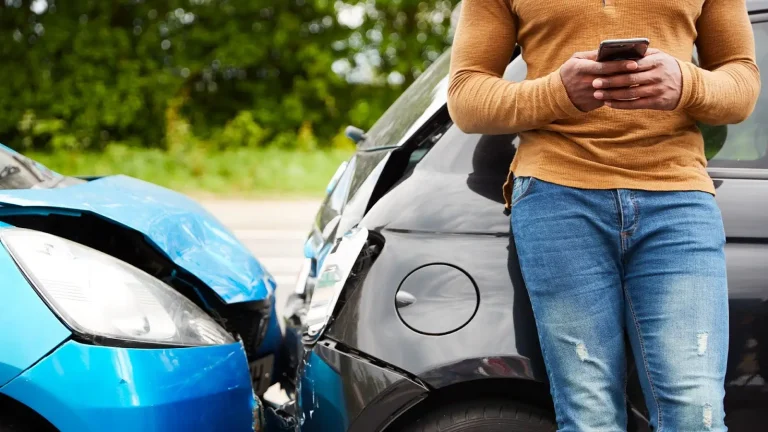
Benefits vs. risks
While social media offers a platform for emotional support after an accident, it is very important to weigh this benefit against the potential risk of negatively affecting your legal case. Evidence obtained from social media can complicate the claims for traffic accidents and get a fair compensation for damages.
Transparency and open communication are essential in the attorney-client relationship. If you have been in a traffic accident, seriously consider the implications of your actions on social media.
Don’t let the urge to tell everything stop you from getting the compensation you deserve, as insurers can take this wrong evidence and use it to make offers that are not in your favor or that do not cover all of your needs after the accident.
At Castan, Lecca & Boeschen we are committed to providing exceptional legal advice and obtaining superior results for our clients. If you have a case, contact us right now and receive your first free consultation at 678 825 3611.
For more lawyer’s advice and guidance, visit our blog here.

